
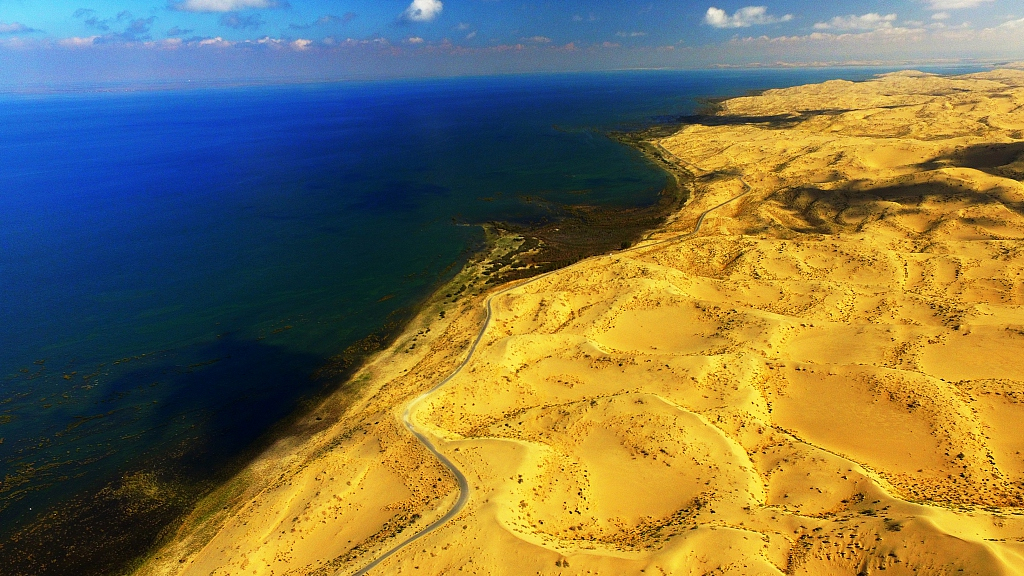
In Bayingolin Mongol Autonomous Prefecture of northwest China's Xinjiang Uygur Autonomous Region lies the region's largest lake and one of the largest inland freshwater lakes in the country. Bosten Lake, covering an area of about 980 square kilometers, is where the arid desert meets lush vegetation.
Bosten Lake is located 57 kilometers northeast of Korla, the second largest city of Xinjiang. It is surrounded by the Gobi Desert, hence its name "Bosten," which means "oasis" in Uygur language.
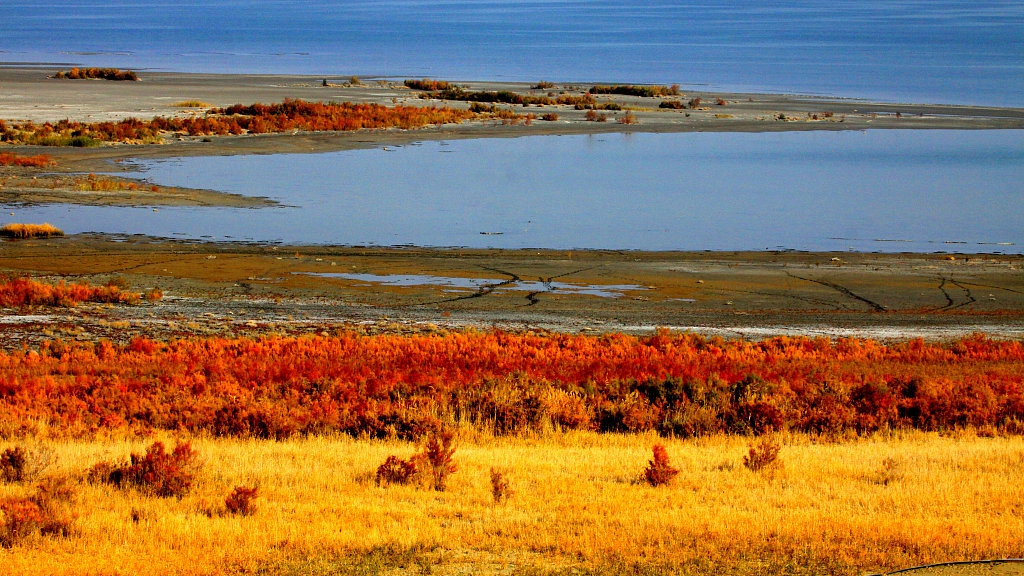
Autumn scenery of Bosten Lake. /VCG Photo
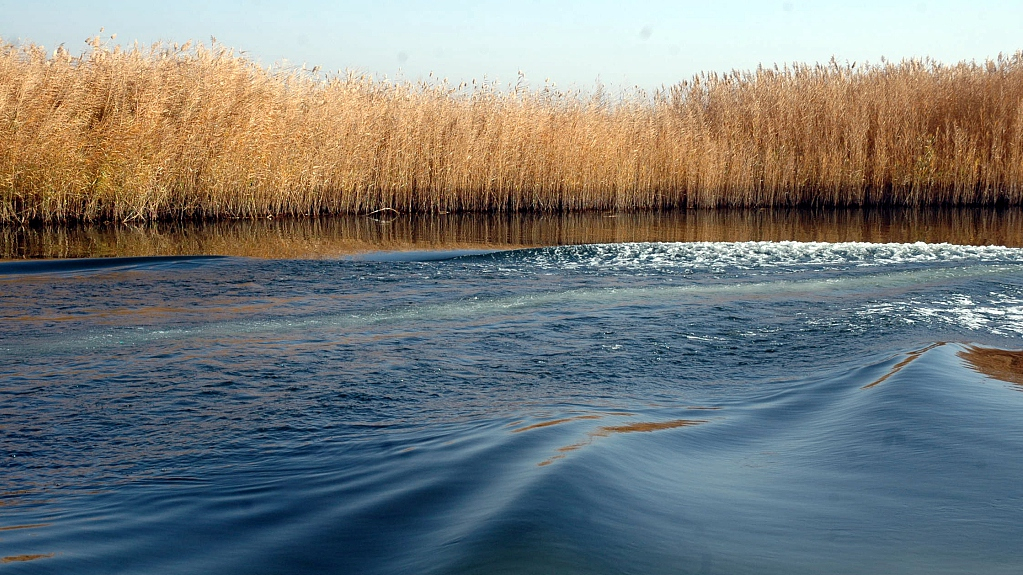
Reed and lake water. /VCG Photo
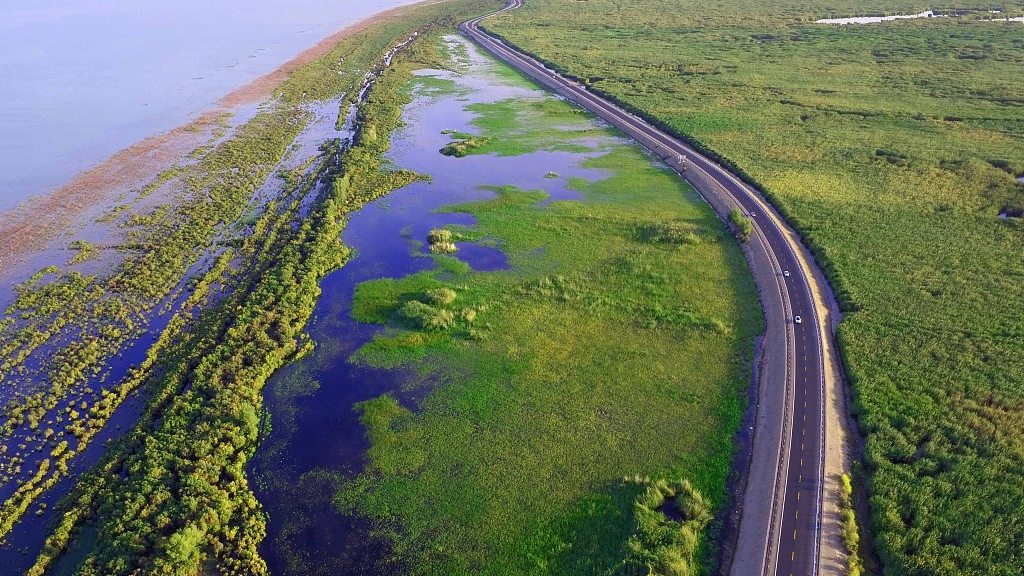
The road along the lake bank. /VCG Photo
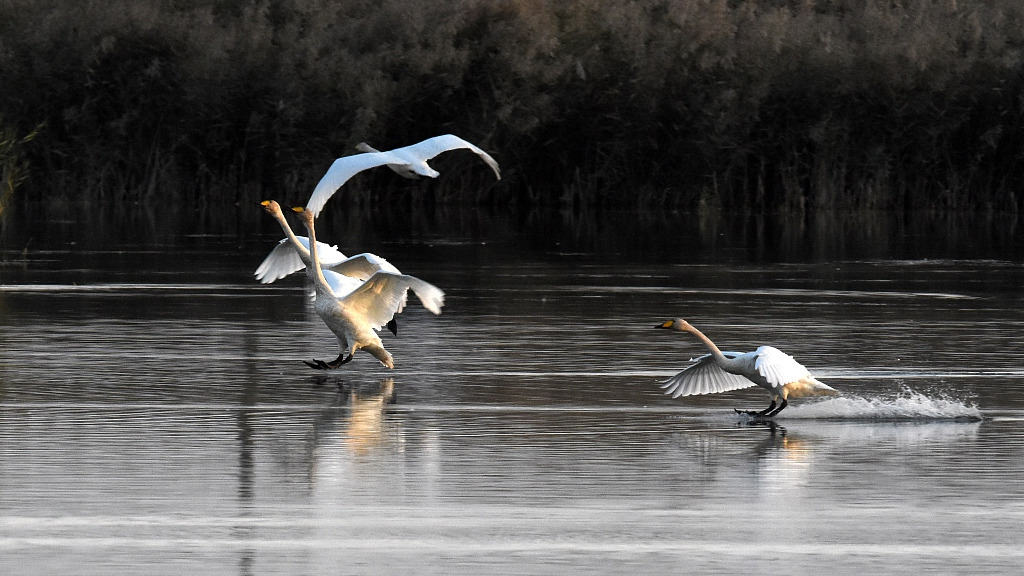
Swans in wetland of Bosten Lake. /VCG Photo
The Bosten Lake was born because of the formation of the basin where it is located, which could be dated back to 800 million years ago when geological movements forced the area where the lake is located to sink. Since then, atmospheric precipitation has filled up the Bosten Lake.
The lake is not only famous for its stunning scenery, but also for its good ecological environment. The flourishing reed and wild lotus attract numerous birds to the wetland, making the entire lake more vivid and beautiful.
(Cover image via VCG)
(If you want to contribute and have specific expertise, please contact us at nature@cgtn.com)

Copyright © 2018 CGTN. Beijing ICP prepared NO.16065310-3
Copyright © 2018 CGTN. Beijing ICP prepared NO.16065310-3